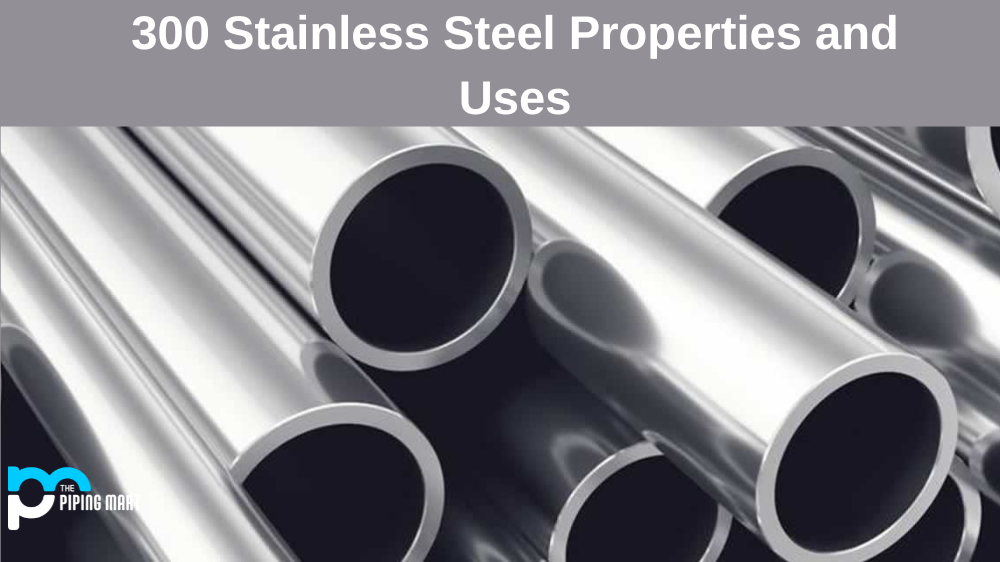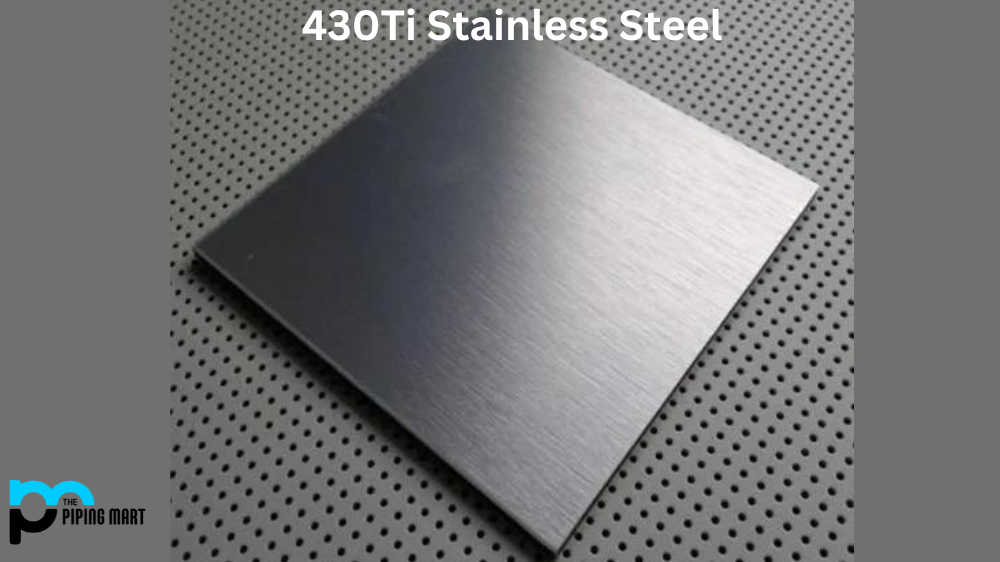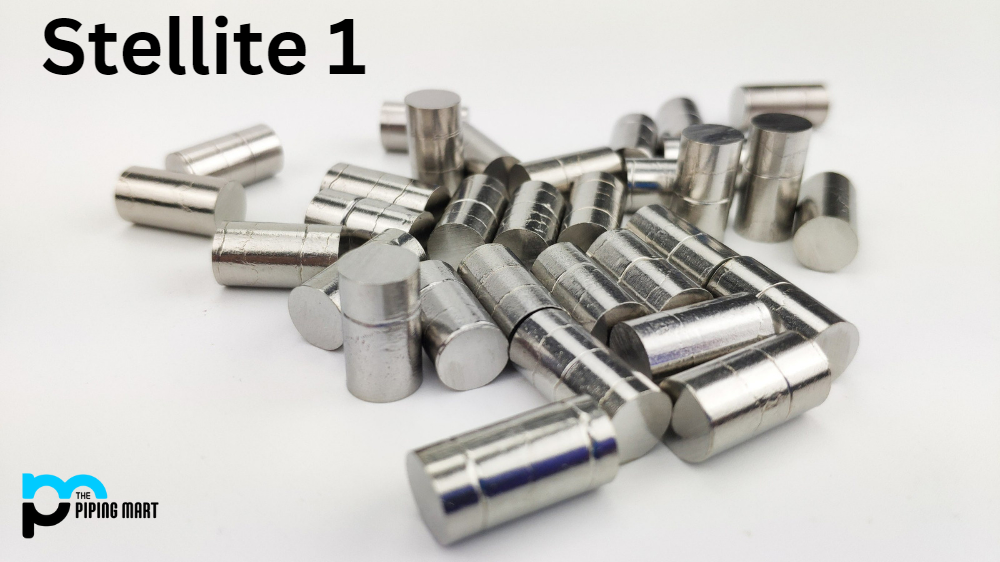Stainless steel is a versatile metal alloy with various uses in many industries. In this article, we look at the 300 series stainless steel—one of the most popular grades of stainless steel used today—and its properties and uses. Read on to learn about 300 stainless steel and how it can benefit your business.
300 Stainless Steel Composition
300 stainless steel is an alloy of stainless steel and nickel, commonly used in industries such as aerospace, power generation, and petrochemicals. Its chemical composition includes approximately 18% chromium, 8–12% nickel, and 0.08% to 0.15% nitrogen. Additionally, it has a balanced austenitic microstructure which is a combination of good mechanical strength and corrosion resistance – a feature favored for its wide variety of applications. In order to reap the utmost benefits from Inconel sheets they should be purchased from trusted suppliers who manufacture their products with high-grade materials and adhere to industrial standards.
300 Stainless Steel Physical Properties
300 stainless steel is renowned for its exceptional physical properties. For example, it has higher strength and corrosion resistance than regular carbon steel, making it an ideal choice for anyone looking for heightened protection against the elements. It also possesses excellent mechanical properties and superior forming and welding characteristics, which make Inconel sheet a great choice when creating complex shapes or intricate details. Additionally, Inconel 300 offers excellent temperature tolerance and exceptional pitting resistance to chloride ion solutions – features that are especially beneficial in salt-water environments. Truly, Inconel 300 stainless steel is an ideal material under many different conditions.
300 Stainless Steel Mechanical Properties
300 stainless steel mechanical composition is an alloy of chromium and nickel that offers a wide range of excellent rust resistance, wear resistance, and strength. Furthermore, its ductility makes it an ideal choice for Inconel sheets as well as many other applications. In general, 300 stainless steel has high corrosion resistance due to the addition of molybdenum and nickel which allows for excellent performance in corrosive environments. Not only does this allow for extended operating life but also has superior formability and temperature-resistant properties. Whether you need Inconel sheet or components with superior mechanical properties, 300 stainless steel’s composition makes it the right choice.
300 Stainless Steel Properties
The 300 stainless steel family has several different grades, including 301, 302, 304, 305, 308, 309, 310, 316, 321, and 347. These grades are austenitic chromium-nickel alloys that contain between 16% and 30% chromium and up to around 20% nickel. Adding molybdenum increases corrosion resistance in environments with chlorides or halides, such as seawater.
- Stainless steel is an alloy of iron, chromium, and nickel.
- The minimum chromium content of stainless steel is 10.5%, and the maximum nickel content is 1.2%.
- Stainless steel is highly resistant to corrosion and has a wide range of applications in many industries, including the food and beverage, medical, and construction industries.
- Stainless steel is available in various grades, each with different properties.
- The most common grades of stainless steel are 304 and 316.
300 Stainless Steel Uses
Given its corrosion resistance and strength properties, 300 stainless steel is used in various applications across many industries. It is often used in food processing equipment since it is easy to clean and sanitize due to its low carbon content. It’s also commonly used in medical applications because it can withstand high temperatures without losing its strength or hardness. Additionally, it is often used in automotive parts due to its superior corrosion resistance compared to other metals like aluminum or zinc-plated carbon steel.
Finally, given its excellent formability properties, 300 series stainless steel is commonly used for architectural purposes such as railings or decorative trim accents on public buildings or residential homes.
Conclusion:
In conclusion, the 300 stainless steel family offers many advantages over other metals regarding fabrication projects requiring superior strength and corrosion resistance properties. Its versatility makes it suitable for use in various industries, including food processing equipment manufacturing, medical device production, automotive components production, and architectural projects where aesthetics are important factors considered during design stages. So if you’re looking for an economical solution that provides superior performance over long periods of time with minimal maintenance required along the way, then be sure to keep the 300 series stainless steel firmly within your sights!

Abhishek is a seasoned blogger and industry expert, sharing his insights and knowledge on various topics. With his research, Abhishek offers valuable insights and tips for professionals and enthusiasts. Follow him for expert advice on the latest trends and developments in the metal industry.




